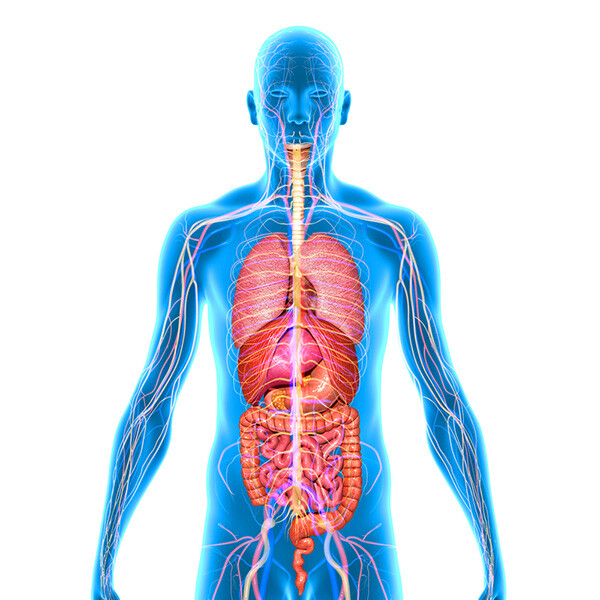Like proteins, peptides occur in nature and are responsible for many functions.
For instance, antimicrobial peptides disrupt the membrane of a target cell thus lysis of the cell. Opioid peptides such as casomorphine and gluten exorphine mimick the effects of morphine (1). Calcineurin is an important signaling molecule in mesangial cells in vitro and is involved in some manifestations of diabetic nephropathy in vivo (2). Amyloid beta-protein accumulation in the brain is linked to the neuropathology of Alzheimer’s disease (3).
The altered kinetics and enzymatic cleavage of peptidesduring water-electrolyte imbalance can contribute to cardiac and renal damage associated with elevated blood pressure (4). Angiotensin II, a cell proliferation and angiogenesis regulator, is the main effector peptide in the renin-angiotensin system (5). Angiotensin II binds two major receptors, AT1 and AT2. An AT2 receptor microvascular dilator action is mediated by nitric oxide (NO) generation in a bradykinin-dependent or independent manner. Carey RM reported that AT2 receptor had protective effect against ischemic renal injury. The AT2 receptor will be a crucial investigation area with therapeutic applications in the future (6).
Ultra-pure water is the first choice solvent for most peptides. Dilute acetic acid or ammonium hydroxide may be necessary to dissolve basic or acidic peptides, respectively. A peptide with greater than 70% purity is usually sufficient for generating or testing antibodies. A mixture of closely related peptides is able to induce an immune response that will provide the required antibody. Higher than 85% or 95% pure peptides are required in enzymology or biological activity studies (7).
References
- Wikipedia. http://en.wikipedia.org/wiki/Peptide
- Gooch JL, Pergola PE, et al. J Am Soc Nephrol. 15(6):1421-9 (2004).
- Jayakumar R, Kusiak JW, et al. Biochim Biophys Acta. 1622(1):20-8 (2003).
- Silveira PF, Gil J, et al. Curr Med Chem Cardiovasc Hematol Agents. 2(3):219-38 (2004).
- Escobar E, Rodriguez-Reyna TS, et al. Curr Vasc Pharmacol. 2(4):385-99 (2004).
- Carey RM. Curr Opin Nephrol Hypertens. 14(1):67-71 (2005).
- Eurogentec. http://uk.eurogentec.com/code/en/page_08_307.htm



